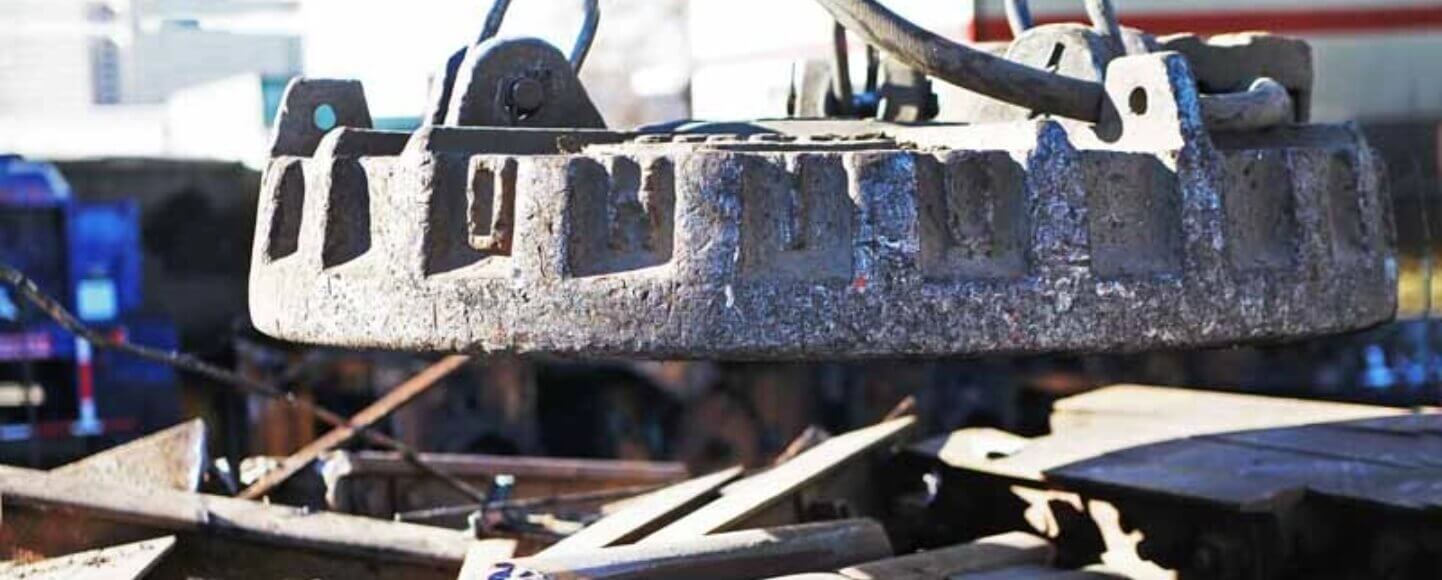Did you know that China planned to restrict imports of eight different scrap categories? Yes, the restrictions are real and were implemented on the first of July. These latest restrictions were the country’s way of cleaning up its environment and to form recycling as a domestically driven industry. In addition to that, the restrictions were birthed after a year of regulatory additions on recyclable material import bans. So far, the plastic and fiber sectors in the United States have been hit harder than metals by said restrictions.
Types of Restricted Waste
Below is a list of the main types of restricted waste:
- Aluminum waste
- Re-melted scrap ingots of steel and iron
- Scrap of iron and steel from machining (e.g., stampings, trimmings, filings, sawdust, milling waste, chips, shavings, and turnings)
- Alloy steel scrap
- Copper scrap
- Iron or steel scrap
- Tinned iron or steel scrap
- Cast iron scrap
Affected scrap metal exporters believe that China would only restrict mixed metal imports. Oftentimes, these are lower in quality and have higher contamination rates. China’s port such as Sanshan will still accept furnace-ready materials that do not require further processing and sorting.
Reduced Material Quotas
In June, China’s government listed their reduced material quotas that will take effect in the third quarter of the year. Details are as follows:
- Ferrous scrap: 14,968 metric tons
- Aluminum: 54,256 metric tons
- Copper: 240,796 metric tons
Due to stricter contamination standards and the residual effect of other material bans, copper is expected to be affected the most by the new regulations. It is important to note that these numbers only apply to certain companies in northern China. The list of companies in the South will be finalized at a later time. Much of the metal materials flow through the latter.
It’s a Restriction, Not a Ban
Remember that the new regulations on copper, aluminum, and steel are merely restrictions. They are not bans! Even so, these import restrictions are likely to affect scrap metal pricing, demand, and supply as a whole. In fact, certain scrap metal markets have already experienced destabilization in 2019. For example, tariffs that were imposed in the ongoing U.S.-China trade war. Research has shown that China’s scrap metal imports dropped by 44 percent following the tariffs.
An Early Shutdown
Although the metal import regulations were slated to be in full force on July 1, Sanshan port rejected scrap metal imports three days before the actual date. The early shutdown seems to be caused by importers attempting to beat the deadline by bringing in considerable stockpiles of metal. With that said, no one knows when the port will reopen and start accepting scrap metals again. Other Chinese ports, on the other hand, do not appear to be affected.
How Far Will China Go?
It is currently too early to determine how far China will go with their metal quotas. Likewise, no one can accurately predict the long-term effects of the port closure. While these events will lead to commodity price volatility and market uncertainty, it is not the end of the story.


